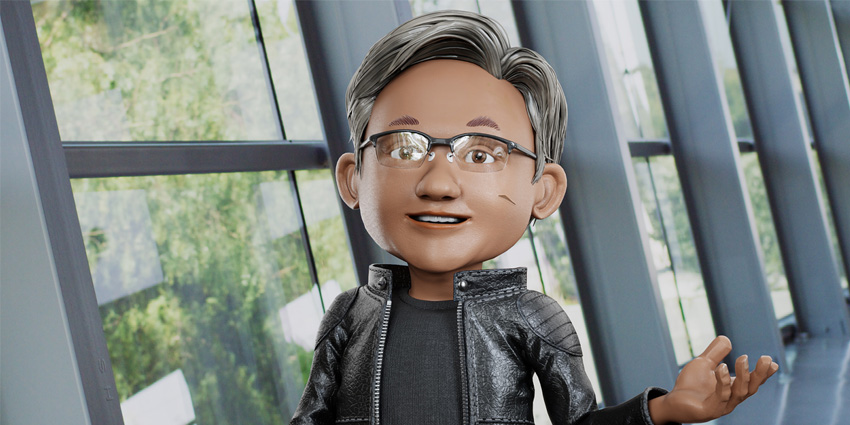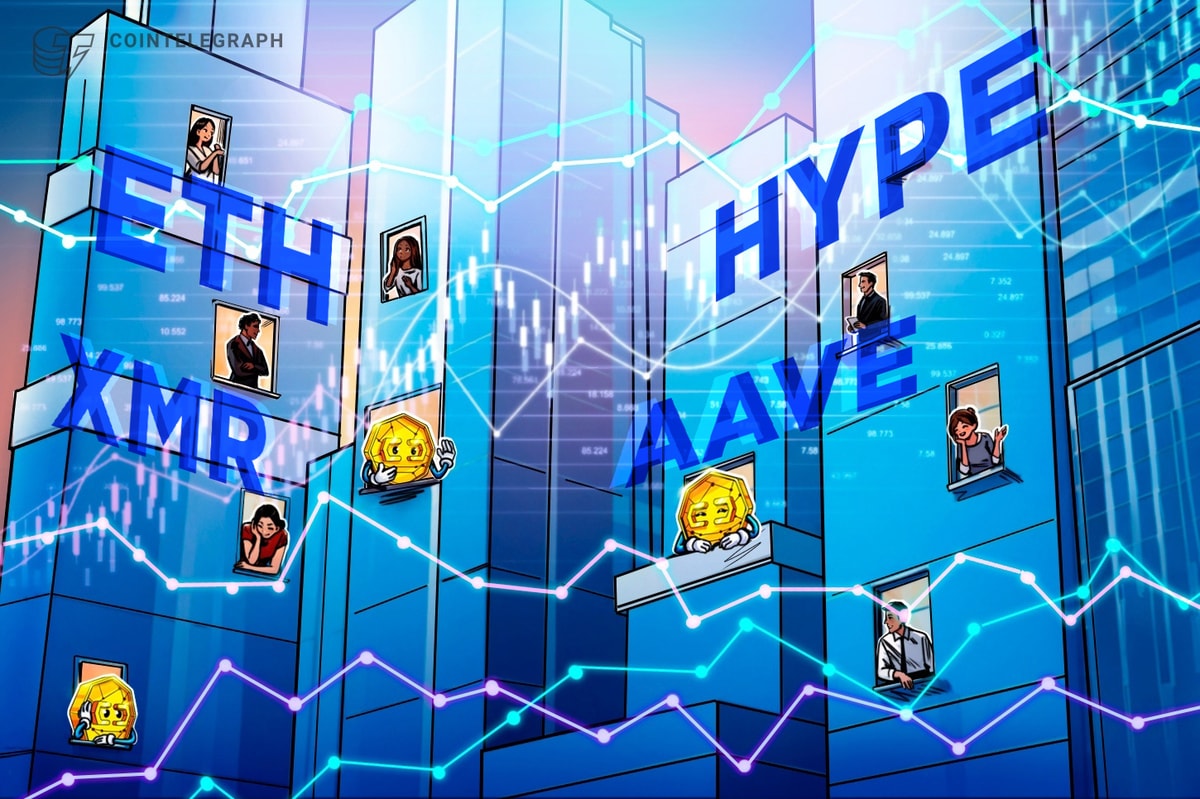Yesterday, at its yearly GTC online event between March 20-23, NVIDIA unveiled new tools to create enterprise-grade avatars or virtual humans.
NVIDIA is currently working on various updates to its Omniverse real-time 3D (RT3D) content creation suite. Notably, the firm is adding Avatar Cloud Engine (ACE), a collection of cloud-native microservices to support the development and integration of avatars across various levels of a business.
The service incorporates “state-of-the-art” AI models and algorithms which accelerate and flatten the curve of avatar creation for client-facing business operations such as customer services.
Have you ever wondered what it takes to bring a virtual character to life? Learn more about the foundational #AI building blocks to create interactive avatars at #GTC23. https://t.co/1NlHI97eKz pic.twitter.com/GoHtbxIorO
— NVIDIA AI (@NVIDIAAI) March 20, 2023
At the moment, NVIDIA is reserving its ACE suite for developers via an early access programme.
NVIDIA GTC 2023: Using AI to Enable Democratised Avatar Development
NVIDIA Omniverse ACE provides platform developers with a selection of tools to streamline avatar production pipelines.
ACE integrates AI-driven tools and services to assist with avatar creation and delivery. Moreover, ACE leverages technology stacks based on NVIDIA’s Unified Compute Framework and RTX technology to optimize developer workflows.
The platform uses pre-existing tools like Tokkio to provide scalable avatar delivery. Tokkio allows developers to optimize virtual human content to enhance a customer service experience.
Additionally, ACE builds upon NVIDIA services like Omniverse Audio2Face to simplify 3D character animation, Live Portrait to secure 2D image animation, Riva for conversational AI-based natural speech/translation, and NeMo for leveraging generative AI.
Moreover, NVIDIA Omniverse’s new cloud-based operations mean RT3D content developers can leverage flexible deployments for their creations. Using a public or private cloud, developers can create and distribute their ACE content across any RT3D engine to fit a range of enterprise use cases.

An ACE workflow outline PHOTO: NVIDIA
ACE also integrates Maxine, a tool from NVIDIA that leverages AI to create avatar animations based on camera and microphone inputs. Maxine uses various microservices to enhance the delivery of avatar-based services, including speaker focus, noise removal, room echo removal, audio super-resolution, acoustic echo cancellation, virtual Background, and ai-based eye contact animation.
NVIDIA GTC 2023: Who is Leveraging ACE, Today?
While ACE is in its early access stages, NVIDIA is rolling out the service to select partners to promote the technology across enterprise end-users.
AT&T is looking at ways to integrate the ACE service across various levels of its business operations. Notably, the firm employs the ACE and Tokkio AI avatar workflows to design and deploy virtual assistants for its customer service avenues. Moreover, AT&T is leveraging NVIDIA’s avatar creation suite to improve internal communications via its employee help desk.
AT&T plans to distribute its ACE virtual avatars to provide 24/7 customer support across various regions with considerations for local languages. According to NVIDIA, the ACE toolkit enables AT&T to reduce capital expenses while improving employee experience.
AT&T is teaming up with NVIDIA service provider Quantiphi to deliver its company-wide avatar solutions.
Siddharth Kotwal, Global Head of NVIDIA Practice at Quantiphi, added:
Quantiphi and NVIDIA have been collaborating to make customer experience more immersive by combining the power of large language models (LLMs), graphics and recommender systems.
Kotwal also explained that NVIDIA’s Tokkio framework makes it “easier to build, deploy, and personalize AI-powered digital assistants or avatars for our enterprise customers.”
Kotwal added that NVIDIA’s accessible tools create a seamless process for integrating real-time animation with automatic speech recognition, conversational agents, and information retrieval systems.
More on NVIDIA GTC 2023
NVIDIA GTC 2023 looks to promote the firm’s AI and industrial Metaverse ambitions in the coming years.
Yesterday the firm announced a series of significant updates to its Omiverse suite that improve RT3D content creation on its service.
Moreover, the update transforms Omniverse into a cloud-based platform-as-a-service (PAAS) to offer international third-party developers tools for developing and distributing industrial metaverse applications.
Moreover, Omniverse’s Spring 105 update will introduce connected applications that further enhance industrial Metaverse content creation on the platform.
Read More: www.xrtoday.com









 Bitcoin
Bitcoin  Ethereum
Ethereum  Tether
Tether  XRP
XRP  Solana
Solana  USDC
USDC  Dogecoin
Dogecoin  Cardano
Cardano  TRON
TRON  Lido Staked Ether
Lido Staked Ether  Wrapped Bitcoin
Wrapped Bitcoin  Sui
Sui  Wrapped stETH
Wrapped stETH  Chainlink
Chainlink  Avalanche
Avalanche  Stellar
Stellar  Hyperliquid
Hyperliquid  Shiba Inu
Shiba Inu  Hedera
Hedera  LEO Token
LEO Token  Bitcoin Cash
Bitcoin Cash  Toncoin
Toncoin  Litecoin
Litecoin  USDS
USDS  Polkadot
Polkadot  WETH
WETH  Monero
Monero  Binance Bridged USDT (BNB Smart Chain)
Binance Bridged USDT (BNB Smart Chain)  Bitget Token
Bitget Token  Wrapped eETH
Wrapped eETH  Pepe
Pepe  Pi Network
Pi Network  Ethena USDe
Ethena USDe  Coinbase Wrapped BTC
Coinbase Wrapped BTC  WhiteBIT Coin
WhiteBIT Coin  Dai
Dai  Bittensor
Bittensor  Uniswap
Uniswap  NEAR Protocol
NEAR Protocol  Aave
Aave  OKB
OKB  Aptos
Aptos  Jito Staked SOL
Jito Staked SOL  BlackRock USD Institutional Digital Liquidity Fund
BlackRock USD Institutional Digital Liquidity Fund  Ondo
Ondo  Cronos
Cronos  Tokenize Xchange
Tokenize Xchange  Internet Computer
Internet Computer